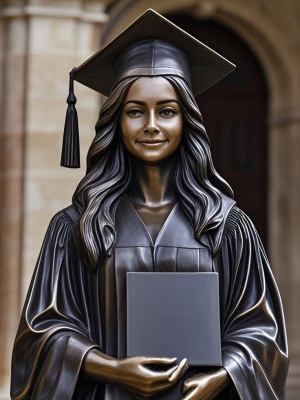Exploring the Rich Heritage of Korean Sculpture
Korean sculpture boasts a fascinating history that spans thousands of years, reflecting the country's cultural evolution, religious influences, and artistic innovations. From ancient Buddhist statues to contemporary installations, Korean sculptors have created masterpieces that captivate art enthusiasts worldwide. This article delves into the key aspects of Korean sculpture, offering insights into its historical development, distinctive characteristics, and modern transformations.
The Historical Evolution of Korean Sculpture
Ancient Period: The Foundations
The earliest examples of Korean sculpture date back to the Three Kingdoms period (57 BCE-668 CE), where artists created remarkable works for religious and ceremonial purposes. Buddhist sculpture flourished during this era, particularly in the Silla and Baekje kingdoms. The Seokguram Grotto, a UNESCO World Heritage site, houses one of Korea's most celebrated Buddhist sculptures - a serene granite Buddha surrounded by intricate relief carvings.
Goryeo Dynasty: Refinement and Elegance
During the Goryeo period (918-1392), Korean sculpture reached new heights of sophistication. Bronze became the preferred medium for Buddhist statues, characterized by their graceful proportions and delicate facial features. The famous Gilt-bronze Seated Avalokitesvara exemplifies the period's artistic excellence, showcasing intricate details in the deity's jewelry and flowing robes.
Distinctive Characteristics of Korean Sculpture
Korean sculpture developed several unique features that distinguish it from other Asian traditions:
- Harmonious proportions: Korean sculptors emphasized balanced, naturalistic forms
- Subtle expressions: Faces often convey quiet serenity rather than dramatic emotion
- Material diversity: From granite and bronze to wood and celadon
- Integration with nature: Many sculptures were designed for outdoor settings
Modern Transformations in Korean Sculpture
Contemporary Approaches
Modern Korean sculptors blend traditional techniques with innovative concepts. Artists like Park Seo-bo and Lee Ufan have gained international recognition for their minimalist works that explore space, materiality, and Korean philosophical concepts. Public sculptures in cities like Seoul demonstrate how traditional motifs can be reinterpreted in contemporary contexts.
Challenges and Solutions
The following table outlines key challenges in Korean sculpture preservation and their solutions:

| Challenge | Solution |
|---|---|
| Deterioration of ancient materials | Advanced conservation techniques and climate-controlled displays |
| Limited public awareness | Interactive museum exhibits and digital archives |
| Balancing tradition and innovation | Artist residencies that foster cross-cultural dialogue |
Notable Korean Sculptures to Explore

- The Great Unification Buddha at Bulguksa Temple
- The Bronze Incense Burner of Baekje
- Contemporary installations at the National Museum of Modern and Contemporary Art
Conclusion
Korean sculpture offers a captivating journey through the nation's artistic soul, from ancient spiritual expressions to cutting-edge contemporary works. As Korea continues to make its mark on the global art scene, its sculptural traditions remain a vital source of inspiration. For those interested in exploring more about Asian art forms, our AI Art Guide provides additional resources on traditional and digital art techniques.
To see how modern technology interacts with traditional art forms, visit our gallery page featuring AI-enhanced interpretations of classical artworks.